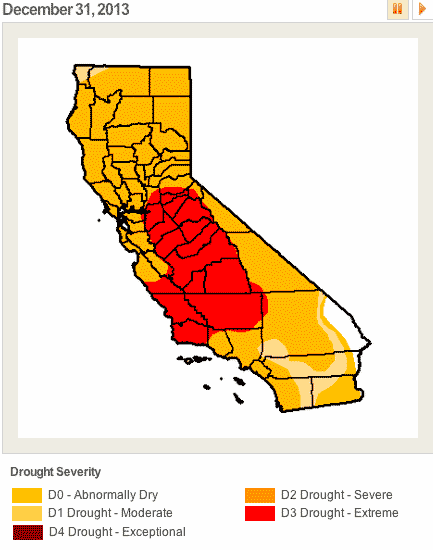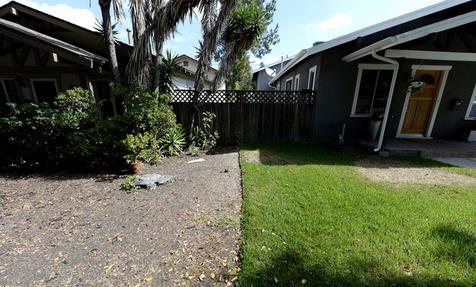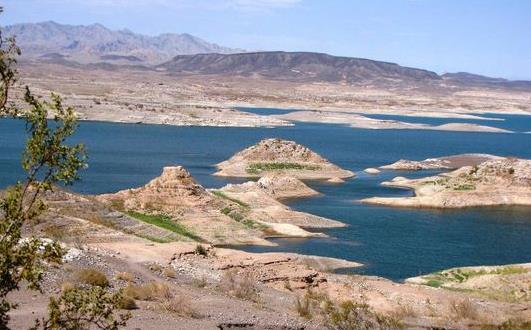78 F. high in the Twin Cities Sunday.
83 F. average high on July 27.
64 F. high on July 27, 2013.
.03″ rain fell at MSP International Airport yesterday.
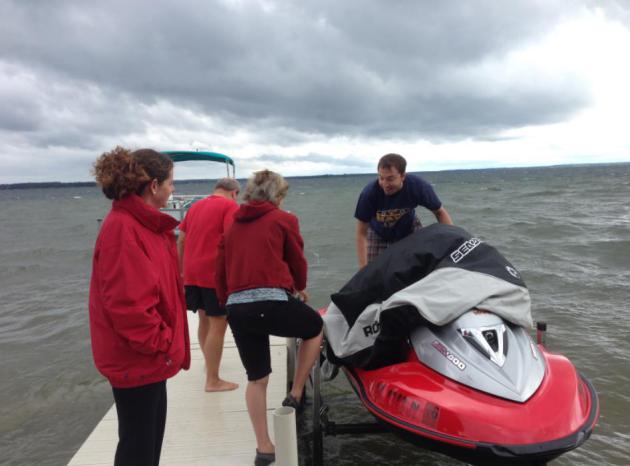
Dressed for Success
Old stereotypes die hard. Picture a soft, buttery mid-summer breeze pushing warm whitecaps onto a sandy beach in the North Woods – cold drinks on the dock – The Power Loon playing on the radio – your friend visiting from North Carolina unpacking a parka and gloves up in the cabin.
Huh?
“Hey, I heard about your little mini-polar-vortex a few weeks ago. I needed to be ready for anything” said Melissa Berryman. Her husband, Bryan, just shrugged. Yes, we have quite the reputation.
In truth our weather has been…off. Since 2010, and some would argue since the late 90s, the pattern has been curiously erratic. I’m just happy we didn’t see that 4th of July blizzard. That would have gone viral.
A comfortable week is shaping up; some of the finest days of summer on the way. Dew points drop into the 50s, afternoon highs near 80 with a few bloated cumulus clouds capable of late-day showers and T-showers, mainly over Wisconsin.
Some in our midst are lamenting the lack of prolonged summer heat. Go figure. Although I can’t promise 90s anytime soon long range models shows mid-80s from Saturday thru the middle of next week.
Shorts & flip flops required.
Winter gloves optional, for now.
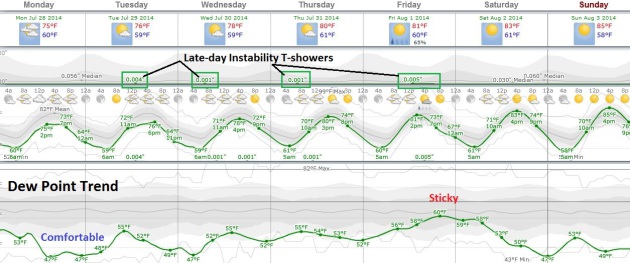
A Relatively Quiet, Comfortable Week. Cool, dry Canadian air drops dew points in the upper 40s to mid 50s thru midweek; more hints of September in the air, especially at night. Relatively cold air aloft may set off a few late-day T-storms from Tuesday into Friday, with a better chance over Wisconsin. Temperatures slowly warm, reaching mid 80s by Sunday. MSP Meteogram: Weatherspark.
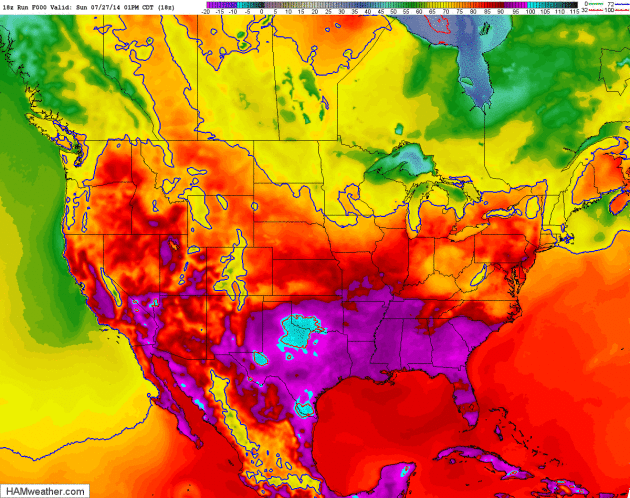
Do You Think Canadians Track “American Air?” For much of the winter meteorologists often refer to “Canadian Air”, and it’s not a compliment. I wonder if the same holds true for our northern neighbors in the summer: meteorologists from Winnipeg to Toronto tracking big, hot, bubbles of “American Air”. A fresh surge of cool air pushes across the Midwest and Great Lakes into New England into midweek, while much of Texas and the southwestern USA continues to sizzle. 12 km. NAM 2-meter temperature forecast going out 84 hours: NOAA and HAMweather.
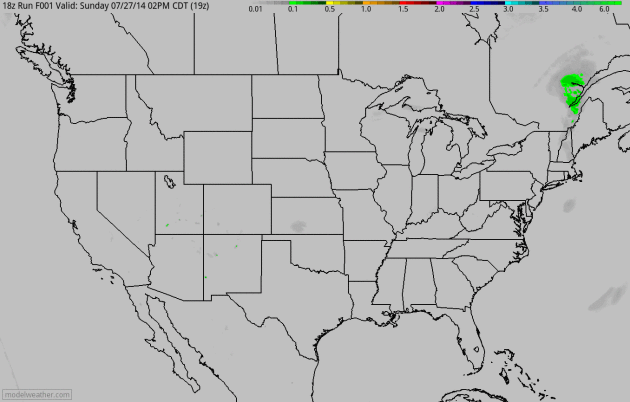
60-Hour Accumulated Rainfall. NOAA’s 4 km WRF model shows 2-4″ rainfall amounts from near Cleveland into upstate New York by midnight Monday, monsoonal T-storms dropping heavy rain in the 4-corners region of the southwestern USA, with instability showers and T-showers sprouting over the Great Lakes. Animation: HAMweather.
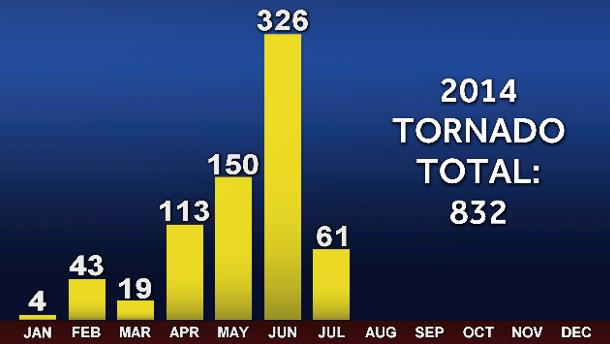
U.S. 2014 Tornado Count Still Below Average. Here’s an excerpt from KOCO-TV in Oklahoma City: “So far this year, there have been 832 tornadoes across the U.S., which is still below the average of 1,105 tornadoes. This time last year, there had only been 674 and 2013 set the record for the lowest annual tornadoes ever...”

NASA Satellites Reveal Shocking Groundwater Loss in Colorado River Basin. AP and Huffington Post have a story that made me do a double-take; here are a couple of excerpts: “…Groundwater losses from the Colorado River basin appear massive enough to challenge long-term water supplies for the seven states and parts of Mexico that it serves, according to a new study released Thursday that used NASA satellites…Since 2004, researchers said, the Colorado River basin — the largest in the Southwest — has lost 53 million acre feet, or 17 trillion gallons, of water. That’s enough to supply more than 50 million households for a year, or nearly fill Lake Mead — the nation’s largest water reservoir — twice…”
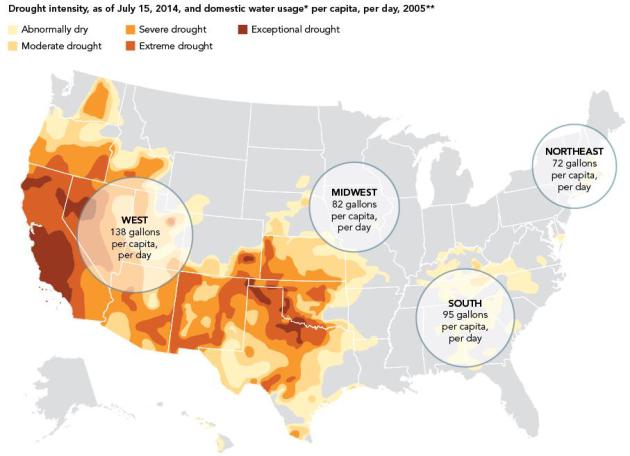
The Most Water-Consuming States Are The Ones In Drought. Yes, there’s a contradiction here, as Huffington Post follows up on the story above; here’s the intro: “…A national survey on water use in the U.S. showed that residents in states that get less precipitation use a lot of water in their homes — western states use an average of 138 gallons per capita every day, compared to 82 gallons in the midwest. According to the Environmental Protection Agency, this is mostly because of the higher amount of landscape irrigation in the west. In other words, people striving for green lawns and lush plants in dry states have to water more often that people in places with lots of rain, or risk fines in some communities…”
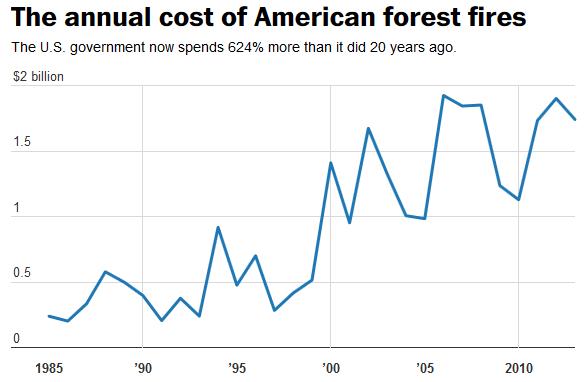
The Cost of America’s Forest Fires Has More Than Quintupled In The Past 20 Years. The Washington Post has the stark numbers and trends. Here’s the introduction: “Wildfires are scorching the earth and burning through the United States’ bank account. More than 1.5 million acres of American forest have been burned to the ground so far this year, and that isn’t even all that much. Last year, nearly 4.5 million acres were scorched; the year before, almost 9.5 million. Forest fires have destroyed some 143 million acres since 1985, or roughly 5 million acres a year, on average…”
Graph credit above: “ National Interagency Fire Center.
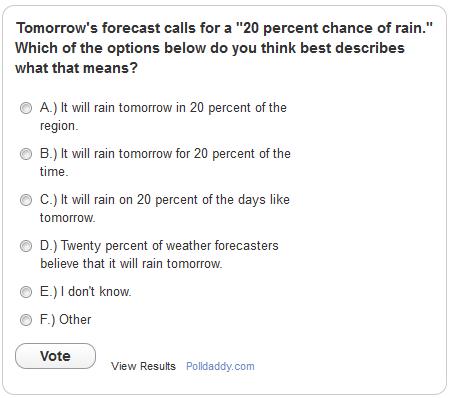


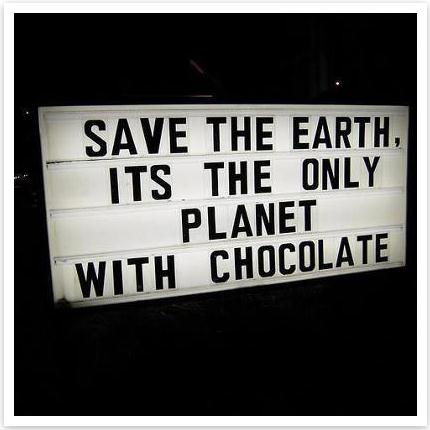
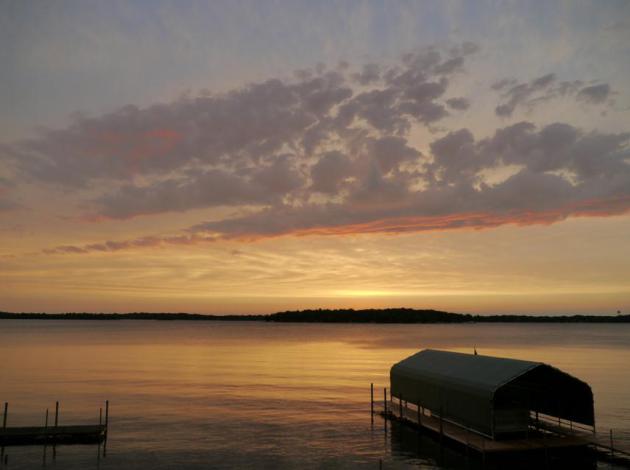
TODAY: Partly sunny. Fresh air! Dew point: 55. Winds: NW 10. High: 79
MONDAY NIGHT: Mostly clear and comfortable. Low: 58
TUESDAY: Sunny start, PM showers over Wisconsin. High: near 80
WEDNESDAY: Plenty of sun, late PM clouds. Wake-up: 59. High: 81
THURSDAY: Warm sun, stray late PM T-shower. Wake-up: 61. High: 81
FRIDAY: Late-day instability T-storm Dew point: 59. Wake-up: 63. High: 82
SATURDAY: Lot’s of sun. Wisconsin T-storms. Wake-up: 63. High: 83
SUNDAY: Sticky sun. Feels like July. Wake-up: 62. High: 84
Climate Stories…
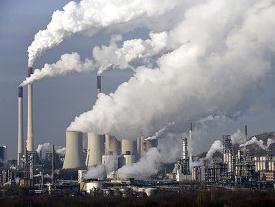
Robert Rubin: How Ignoring Climate Change Could Sink the U.S. Economy. The Washington Post has the Op-Ed; here’s an excerpt: “…We do not face a choice between protecting our environment or protecting our economy. We face a choice between protecting our economy by protecting our environment — or allowing environmental havoc to create economic havoc. And a major step toward changing the debate is to change the way we measure the health of our economy, our fiscal conditions, and the health of individual companies and businesses to better reflect the world as it will be.”
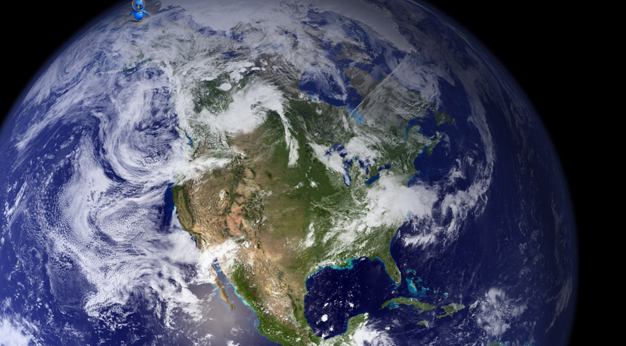
Sustainable Capitalism: Moving Beyond GDP To Measure Environmental Impacts of Growth. Joe Romm at ThinkProgress takes a look at Robert Rubin’s recent Op-Ed (above) and how his comments mirror those of Robert Kennedy nearly half a century ago. Does GDP measure all externalities and costs? No. Here’s an excerpt: “…Rubin’s point is that we need a new GDP “that incorporates the impact of greenhouse gas emissions.” Instead of simply tallying up “the goods and services produced by our economy” we need a GDP that can “account for the present and future damage resulting from the emissions involved in producing those goods and services…”

Beltway View: Climate Change Report Warns Florida. Sea level is rising, much of it due to warming of the world’s oceans. That’s not a climate model, that’s reality. Florida Today takes a look at two Florida metro areas most at risk: “…Two Florida cities — Miami and Tampa-St. Petersburg — are among the world’s most endangered cities when it comes to climate change, a new report by the National Research Council warns. Both are among eight U.S. cities — and 20 worldwide — facing the greatest risk of “potential average annual losses” from coastal flooding, the report concludes...”

Stanford Biologist Warns of Early Stages of Earth’s 6th Mass Extinction Event. Well here’s a day-brightener. What’s that famous line from George Carlin? “Don’t sweat the thundershowers”. Here’s an excerpt of a press release from Standford University: “…In a new review of scientific literature and analysis of data published in Science, an international team of scientists cautions that the loss and decline of animals is contributing to what appears to be the early days of the planet’s sixth mass biological extinction event. Since 1500, more than 320 terrestrial vertebrates have become extinct. Populations of the remaining species show a 25 percent average decline in abundance. The situation is similarly dire for invertebrate animal life...”

Climate Change May Reduce Corn, Wheat Crop Yields. Here’s an opportunity for new strains of corn, wheat and beans that are more flood and drought tolerant. Bloomberg reports; here’s an excerpt: “Rising temperatures caused by climate change increase the odds that corn and wheat yields will slow even as global demand for the crops for food and fuel increases in the next 10 to 20 years, according to a study published in Environmental Research Letters. There is as much as a 10 percent chance the rate of corn yields will slow and a 5 percent probability for wheat because of human-caused climate change, said David Lobell, the associate director of the Center on Food Security and the Environment at Stanford University, and Claudia Tebaldi, a scientist at the National Center for Atmospheric Research in Boulder, Colorado…”
Photo credit: Trista Dunsmoor.

The Melting Arctic Makes Way For $20,000 Luxury Cruises. File this under climate change porn – here’s a clip from a story at Bloomberg Businessweek: “…Because of climate change and the melting of the Arctic, the cruise line Crystal Cruises plans to send passengers on what it bills as the first luxury ship to “traverse the Northwest Passage.” The ship, Crystal Serenity, will set sail beginning in August 2016 on ”a mystical Pacific-Atlantic sea route far beyond the Arctic Circle that for centuries captured the imaginations of kings, explorers and adventurers.” The cruise will last 32 days and fares start at $20,000…”
Photo credit above: Jonathan Hayward/The Canadian Press via AP Photo.


